Affiliate links on Android Authority may earn us a commission. Learn more.
The best Fitbit alternatives available in 2024: Garmin, Apple, Samsung, and more
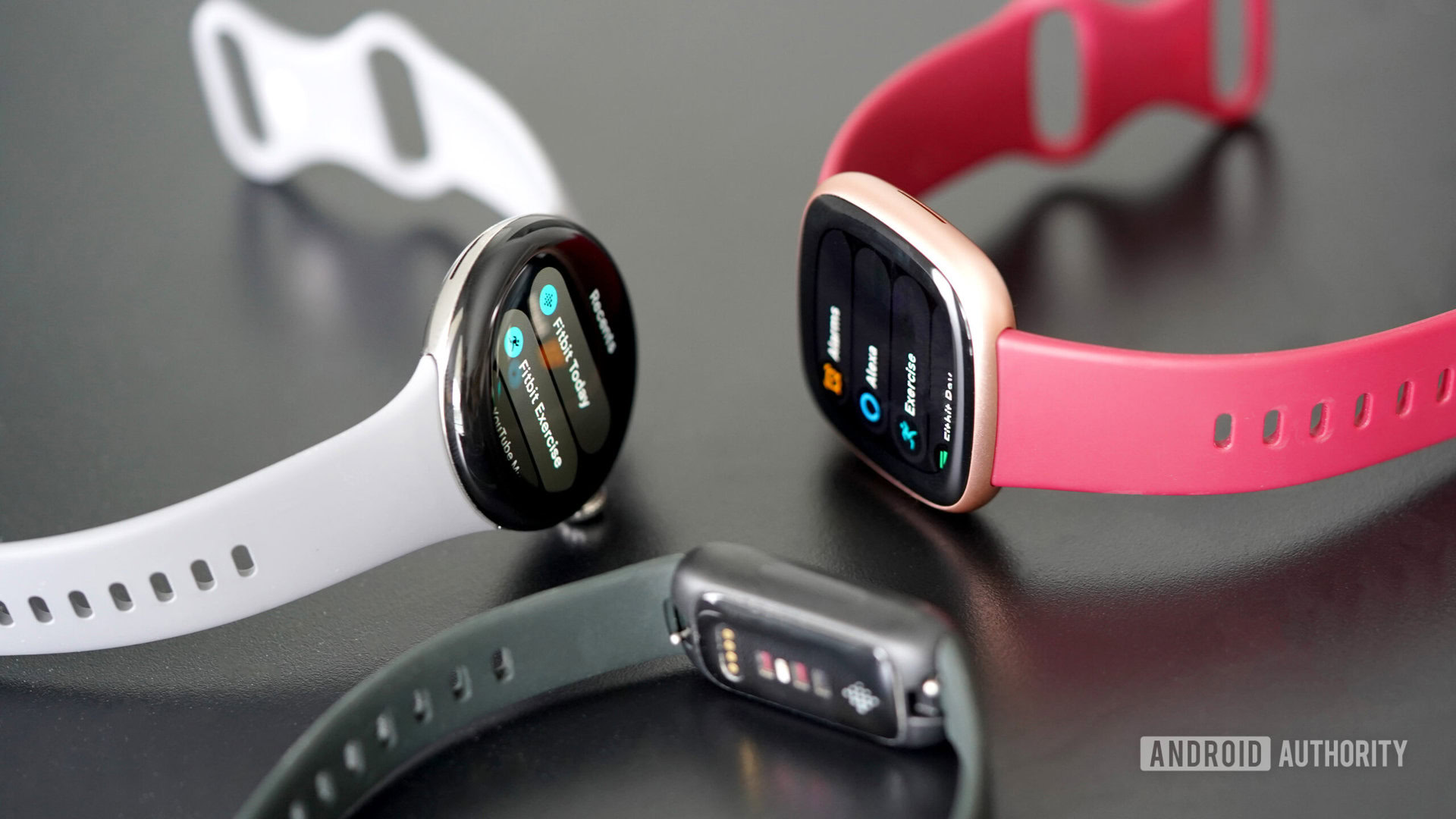
Fitbit devices may be among the most popular wearables in the world, but they aren’t the only ones out there. Garmin, Apple, Samsung, and many other companies make comparable or even better fitness trackers and smartwatches for the money. Here are the best Fitbit alternatives you can buy right now.
Buying the right Fitbit alternative for your needs
Fitbit has the budget-friendly and mid-range health tracker landscape covered. Fitbit smartwatches offer big displays and extra features, while the company’s trackers offer much lower price tags and fewer tools. For this list, we’ve chosen devices that match each Fitbit device’s feature set and price point. Not every pick is a 1:1 alternative — but we’ve done our best to offer close comparisons.
The best Fitbit alternatives
- Garmin Venu 3: The best Fitbit smartwatch alternative you can buy, the Garmin Venu 3 offers smart features and a robust fitness tracking suite.
- Apple Watch Series 9: The best Fitbit smartwatch alternative for iPhone users is the Apple Watch Series 9, thanks to its unparalleled app support, seamless iPhone integration, and tough build.
- Samsung Galaxy Watch 6 series: The best Wear OS smartwatch option, a device from the Samsung Galaxy Watch 6 series is a specifically strong choice for Samsung phone users.
- Garmin Venu Sq 2: The best Fitbit Charge 6 alternative, the Garmin Venu Sq 2 has a smartwatch form factor but a feature set similar to that of Fitbit’s top tracker.
- Xiaomi Mi Band 8: The best Fitbit Inspire 3 and Fitbit Luxe alternative you can buy, the Mi Band 8 offers a cheap price point and solid fitness tracking.
- Garmin Forerunner 265: Garmin’s midrange running watch is the best Fitbit Ionic alternative. It has an AMOLED display on users’ wrists and a boatload of advanced training features.
- Google Pixel Watch 2: Some shoppers will consider the Google Pixel Watch 2 a Fitbit device, and others won’t. Nonetheless, this Fitbit/Wear OS mashup is a solid alternative to a conventional Fitbit smartwatch.
Garmin Venu 3: The best Fitbit Sense, Sense 2, Versa 3, and Versa 4 alternative
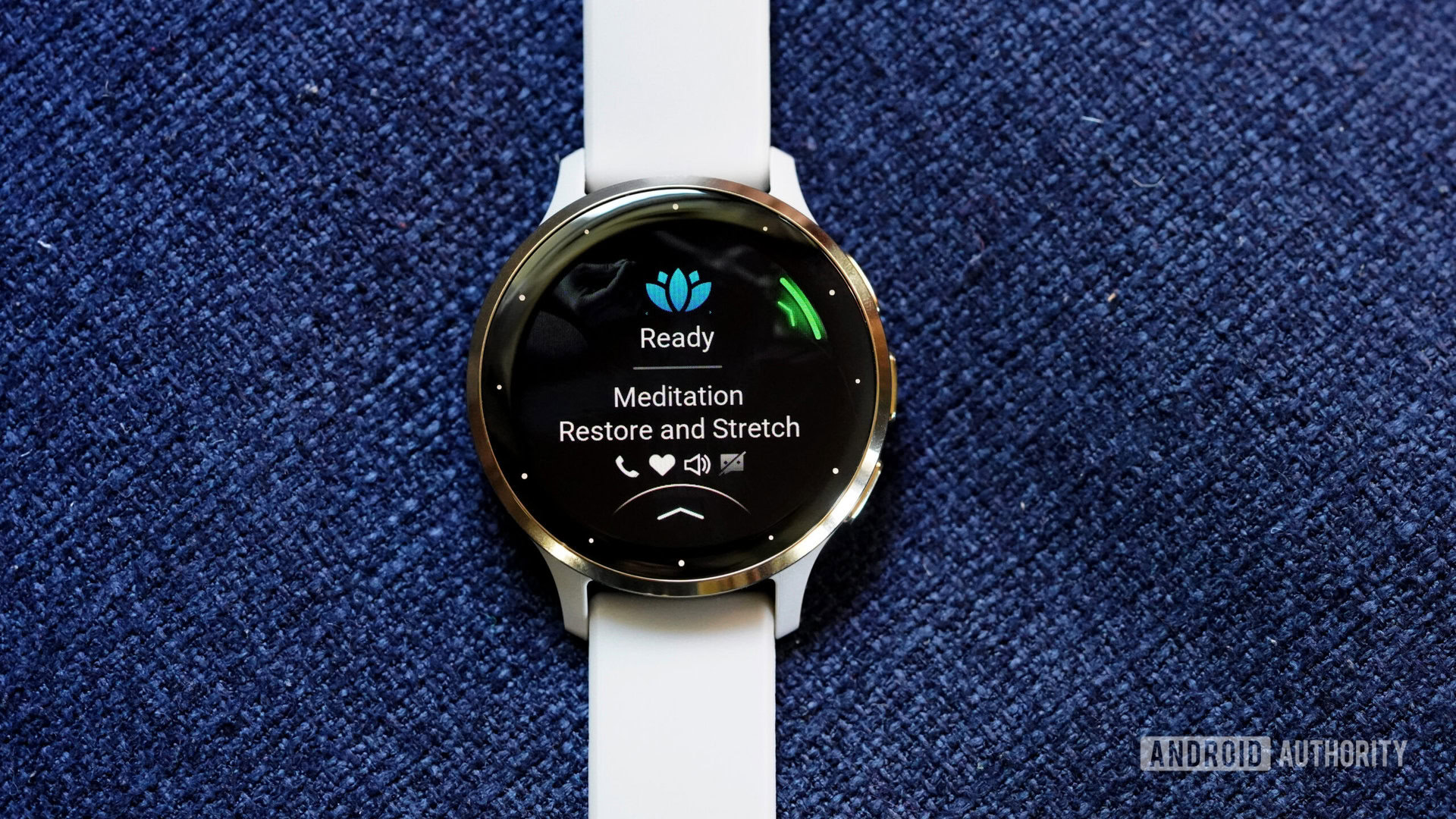
When comparing Garmin vs Fitbit in terms of user experience, Garmin offers more detailed fitness tracking for dedicated athletes. The company also boasts a robust companion app that can be overwhelming at first glance but is easy to navigate once you spend time with it. Most importantly, Garmin devices, including the Venu 3, boast highly accurate GPS tracking and heart rate sensors.
The Garmin Venu 2 was already a stellar alternative to the Fitbit stable of smartwatches, and the 2 Plus model made an even more compelling argument. The Venu 3 builds on the success of its predecessors with the return of on-device calling, voice assistant support, and ECG readings. It also improves overnight tracking, including sleep coaching and automatic nap detection.
During our review, we were especially excited to see the line is now available in two sizes, offering a Venu 3S for smaller wrists. We found the watch very comfortable for workouts and all-day wear. Thanks to its long battery life, we only needed to take it off every four to five days to charge.
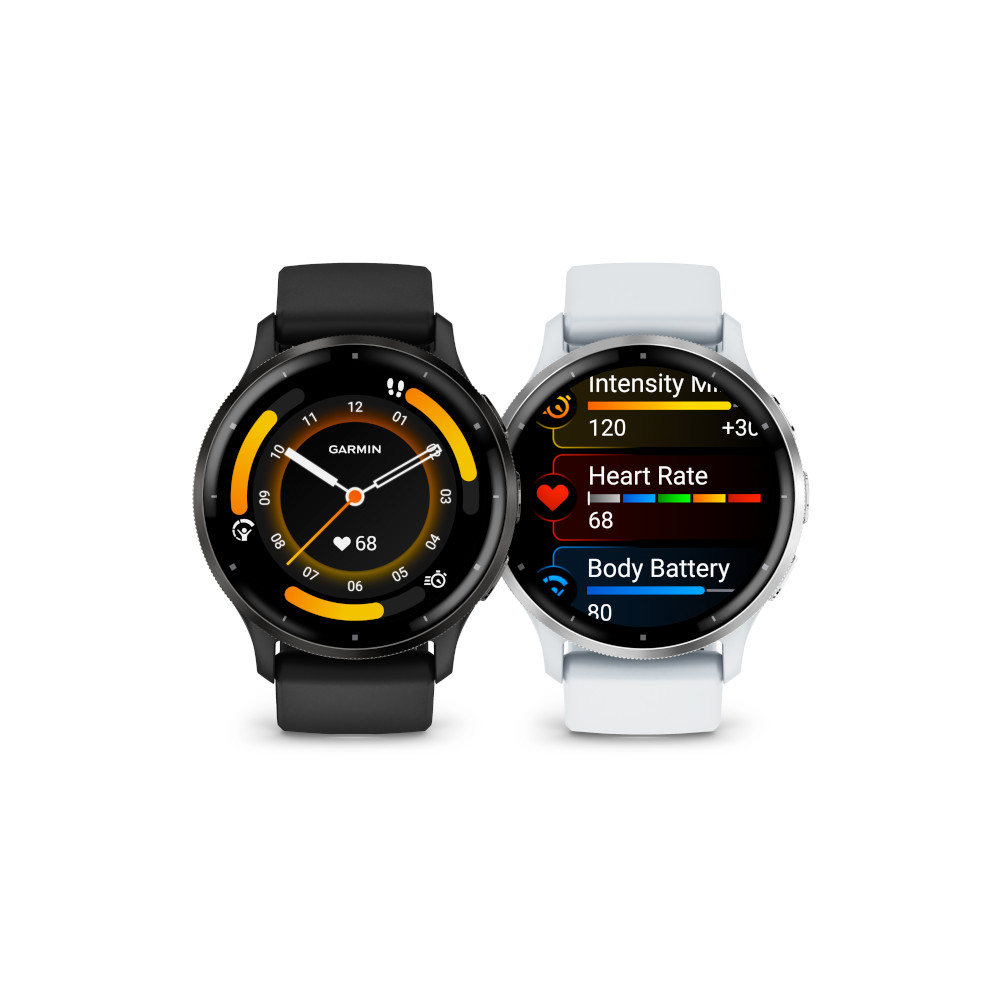
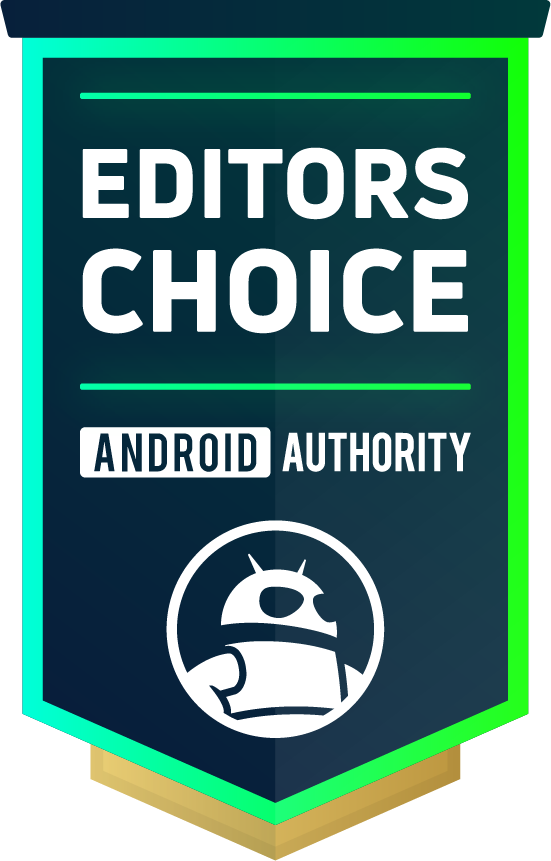
Pros
-
Highly accurate GPS and heart rate sensors
-
Automatic nap detection and sleep coaching
-
On-device phone call and voice assistant support
-
Up to 14-day battery life
-
Larger display
Cons
-
Pricey compared to competitors
-
No LTE model
Apple Watch Series 9: The best Fitbit alternative for iPhone users
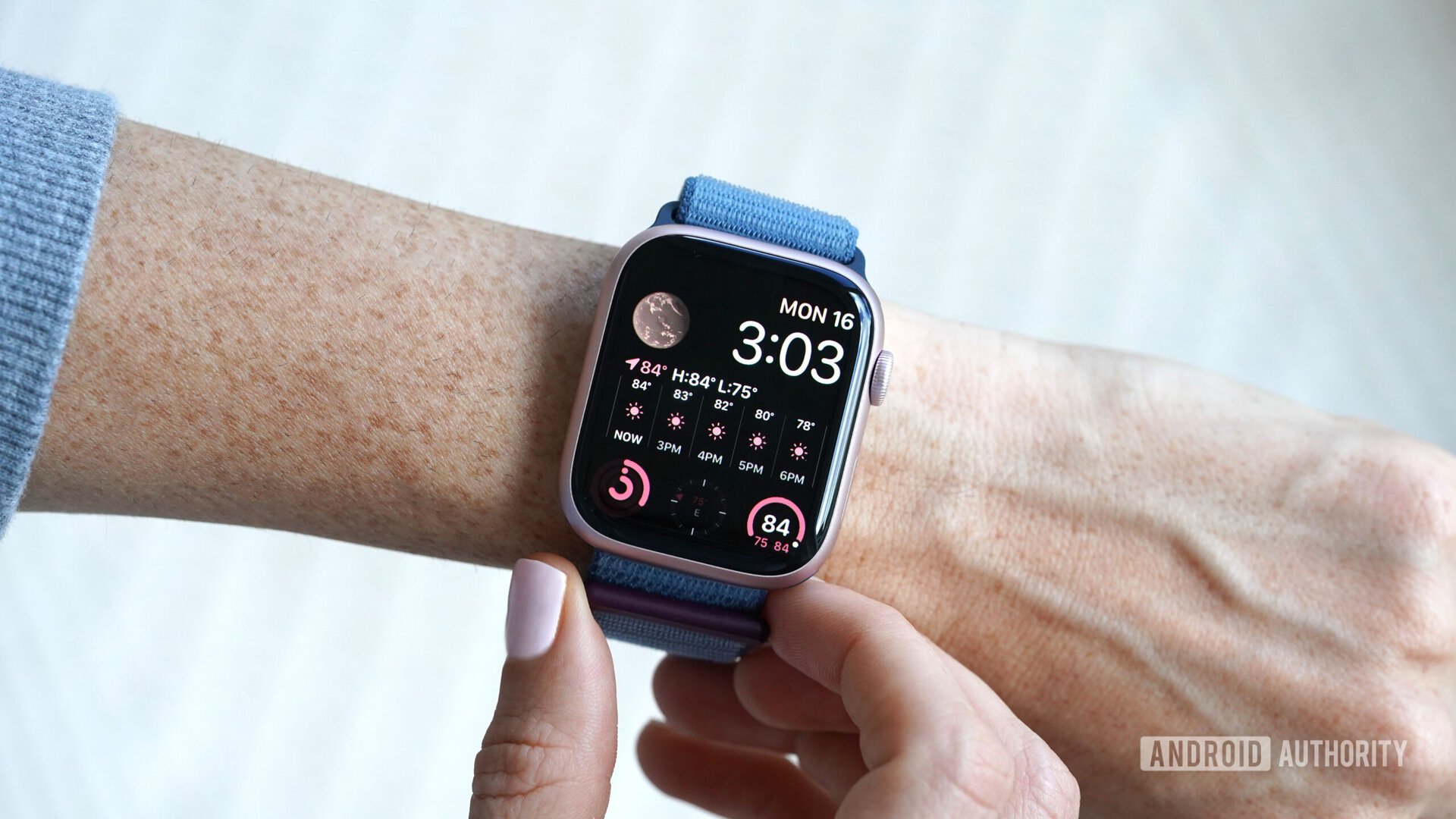
For iPhone users, there’s no better smartwatch than an Apple Watch. The Apple Watch Series 9 is the company’s latest model and the best smartwatch currently available. The device packs a colorful and responsive AMOLED touchscreen display, an attractive, durable build, and a powerful S9 chipset. Thanks to its upgraded internals, it offers tools like Double Tap gesture control and onboard Siri queries. Meanwhile, watchOS 10 offers a host of upgrades and added features, including the return of stackable widgets on users’ watch faces.
Athletes will find useful performance metrics, workout options, and crucial wellness tools like medication management and the mindfulness app. Both the device’s heart rate sensor and GPS tracking proved exceptional during our review period. Meanwhile, at the center of the user experience, the App Store remains an endless resource for additional third-party features.
The battery specs on the Apple Watch still leave a lot to be desired. However, Apple does offer low-power mode to help users mitigate the limitation.
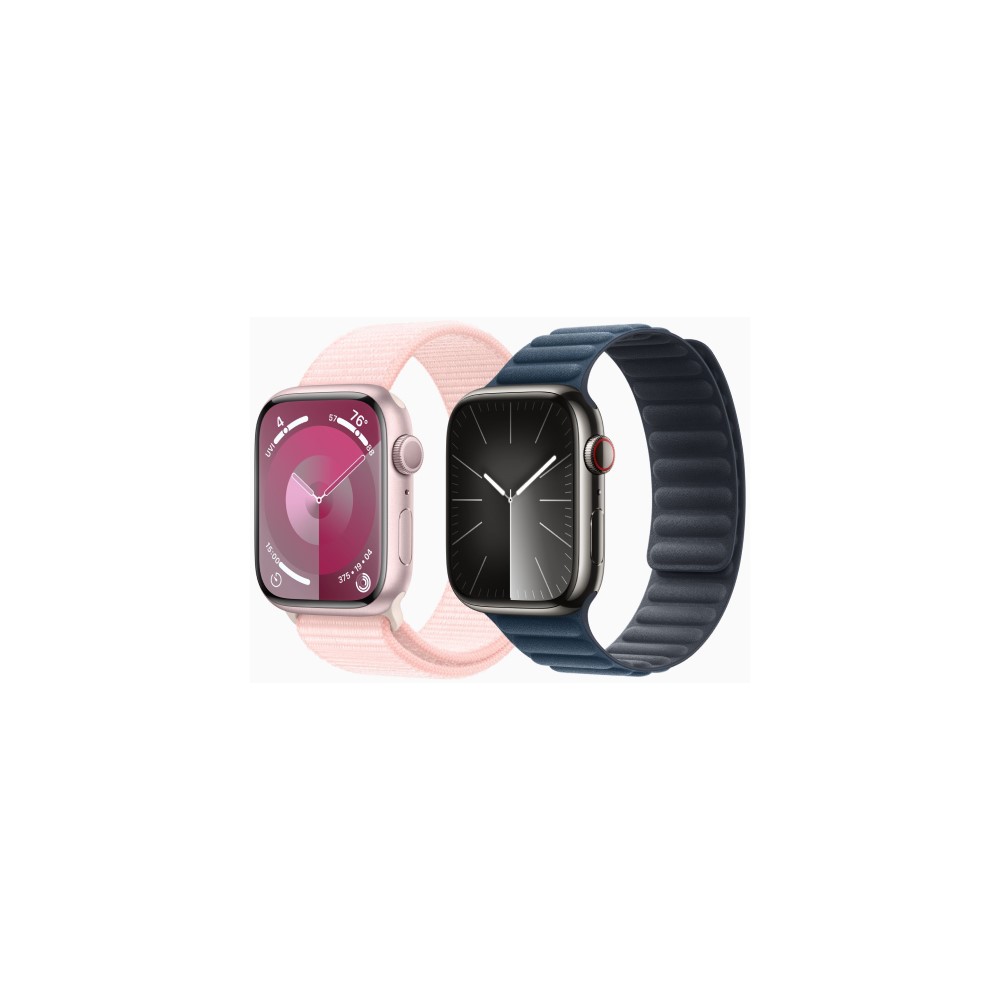

Pros
- Powerful S9 chipset
- Brighter AMOLED display
- Expanded Find My Phone feature
- Onboard Siri query processing
- Excellent WatchOS 10 updates
Cons
- Key features not available at launch
- Battery life still unimproved
Samsung Galaxy Watch 6 series: The best Wear OS Fitbit alternatives

Samsung Galaxy Watch 6 series devices are the top Fitbit alternative for those in the market for a Wear OS watch. The lineup includes the base model Galaxy Watch 6 and the higher-end Galaxy Watch 6 Classic, featuring a rotating bezel. At their cores, the devices are largely identical.
Like Fitbit’s top smartwatches, the base model Galaxy Watch 6 is suited for sporty users. It offers plenty of features, including everything from health and activity tracking to smart notifications and customization, plus Google Assistant. Its performance is snappy, its app store is loaded, and Wear OS 4 brings plenty of refinement to the user experience. Users looking for a more traditional aesthetic may want to spend a little extra for the Galaxy Watch 6 Classic model.
On the other hand, some of the best features are reserved for Samsung phone users only. The Galaxy Watch 6 also does not offer a remarkable upgrade compared to its predecessor.


Pros
- Large display
- Wear OS 4
- Upgraded features
- Rotating bezel on Classic model
Cons
- Limited upgrades over Galaxy Watch 5
- Some features only work with Samsung phones
- Inconsistent heart rate data
Garmin Venu Sq 2: The best Fitbit Charge 6 alternative
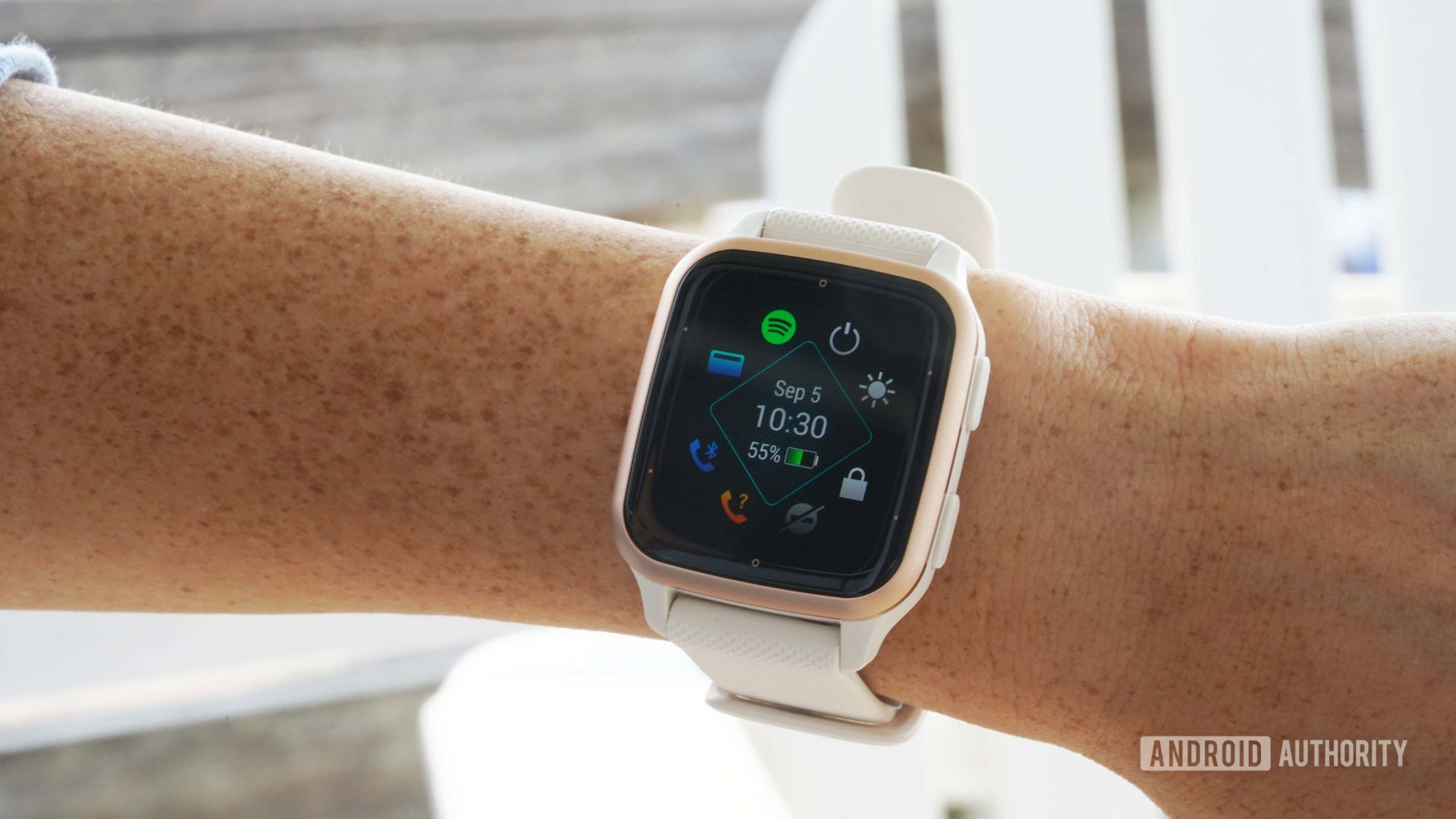
The Garmin Venu Sq 2, is our pick for the best Fitbit Charge 6 alternative. The device offers a simple, lightweight build, impressive fitness features, and a decent price point. Sure, it doesn’t quite have the slim tracker aesthetic of the Charge line, but the smartwatch form factor is arguably more practical. Plus, the latest generation features a bright, beautiful AMOLED display. You can even get music storage for offline listening if you pay extra for the Venu Sq 2 Music edition (which we highly recommend).
The Garmin Venu Sq 2 may be one of Garmin’s most affordable devices, but it’s still a feature-packed wearable with a lot to like. In addition to an accurate GPS and improved heart rate sensor, the Venu Sq 2 offers some of the company’s top tools, including Body Battery and Health Snapshot. It also features reliable sleep tracking and a daily sleep score.
While reviewing the device, we were pleased to see the aesthetic upgrades to the Venu Sq line help elevate this watch to an everyday accessory. Plus, with great battery life, there isn’t much reason to take it off.
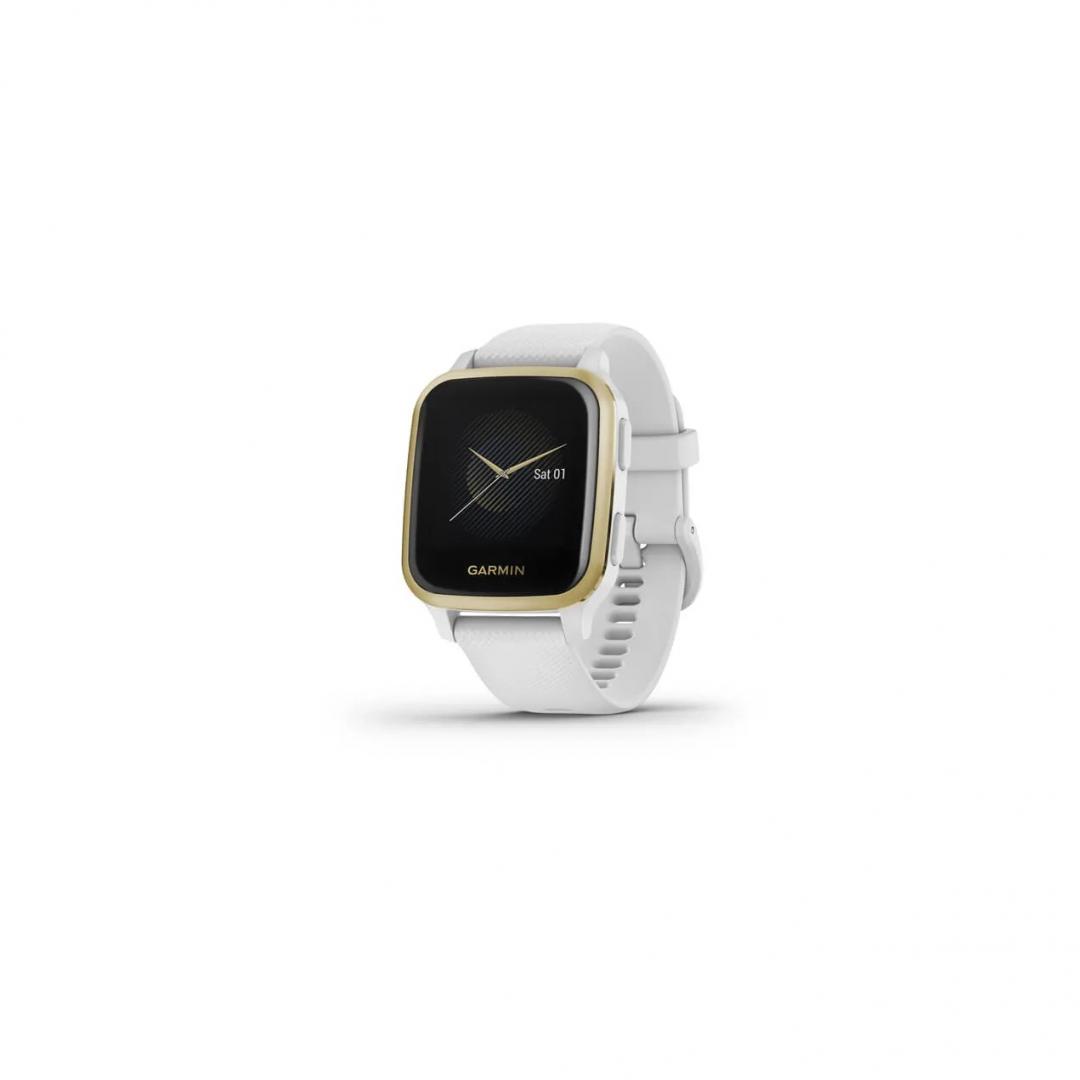

Pros
- Bright, colorful AMOLED display
- Very impressive battery life
- Improved heart rate accuracy
- Accurate GPS
- Useful sleep tracking
- Handy Health Snapshot feature
Cons
- Pricier than its predecessor
- No altimeter
- Music storage costs extra
- Limited smartwatch features
- No audible alerts
Xiaomi Mi Band 8: The best Fitbit Inspire 3 or Luxe alternative
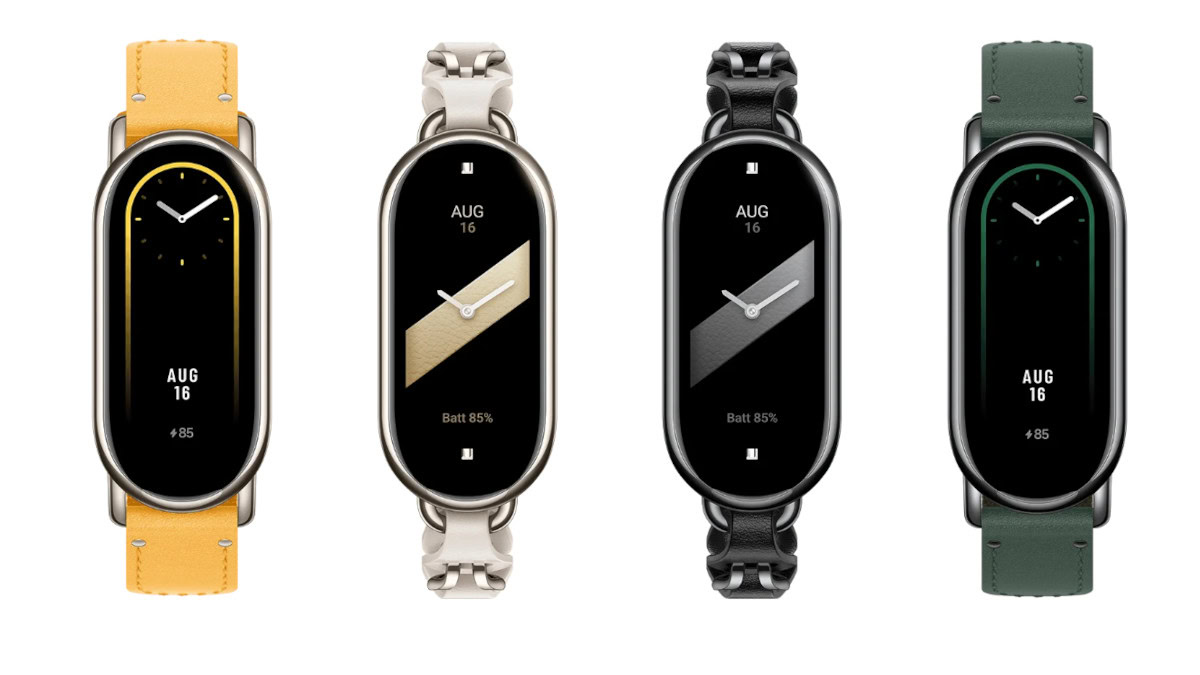
Xiaomi’s fitness trackers have many features and a low price point, making the Mi Band 8 the perfect Fitbit Inspire 3 alternative. Paired with an upscale replacement band, the Mi Band 8 is also a fantastic Fitbit Luxe alternative. The device offers only a few upgrades but a much more refined look than its predecessor. The Mi Band 8 tracker pill offers a larger, higher-res screen that can be worn on the wrist, attached to a shoe, or around the neck as a pendant.
Beyond its build, the Mi Band 8 also boasts even more fitness tracking modes (150!), a six-axis motion sensor for workout tracking, and improvements to its heart rate readings. The device also offers impressive battery life but takes a hit when you turn on more advanced features. These features include an always-on display and continuous SpO2 monitoring, both of which are optional.
Unfortunately, you won’t find built-in GPS or NFC support on this Mi Band 8. If GPS is a priority, we recommend the Xiaomi Mi Band 7 Pro. The slightly pricier model adds a few key features and an expanded display.
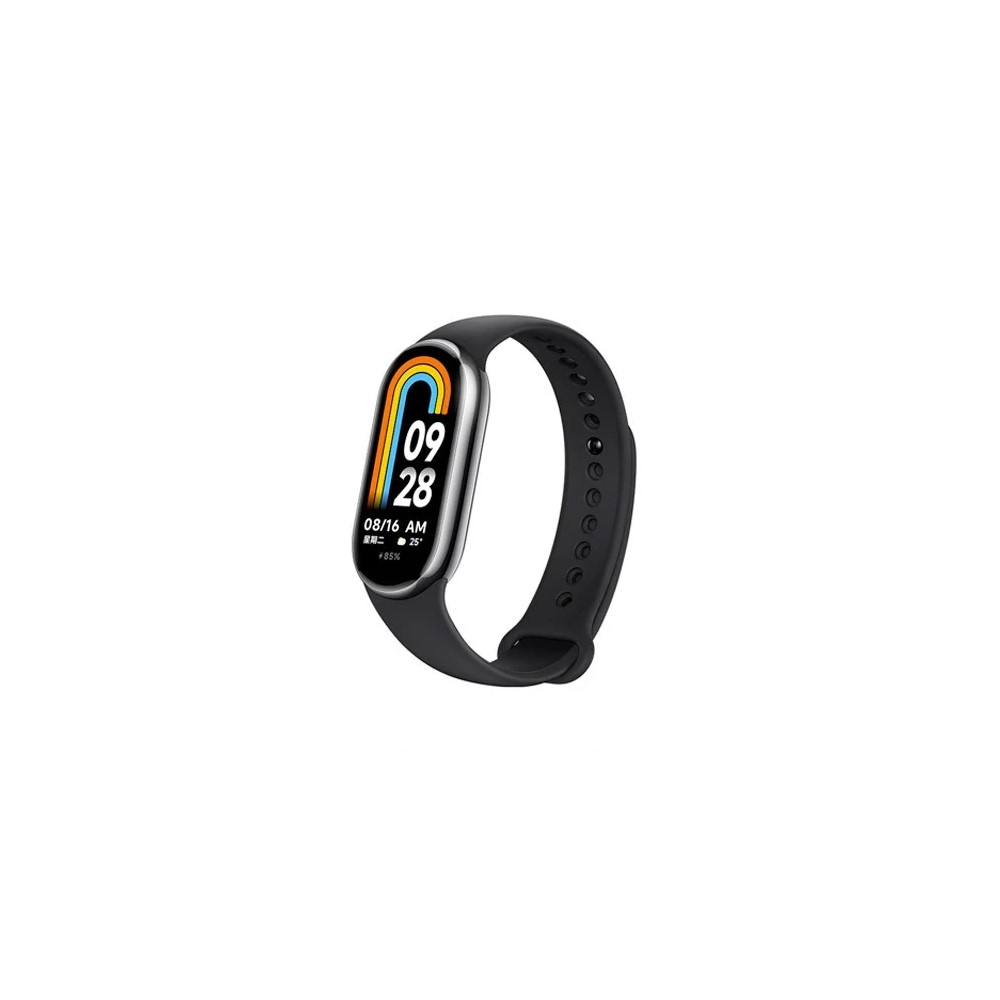
Garmin Forerunner 265: The best Garmin Fitbit Ionic alternative
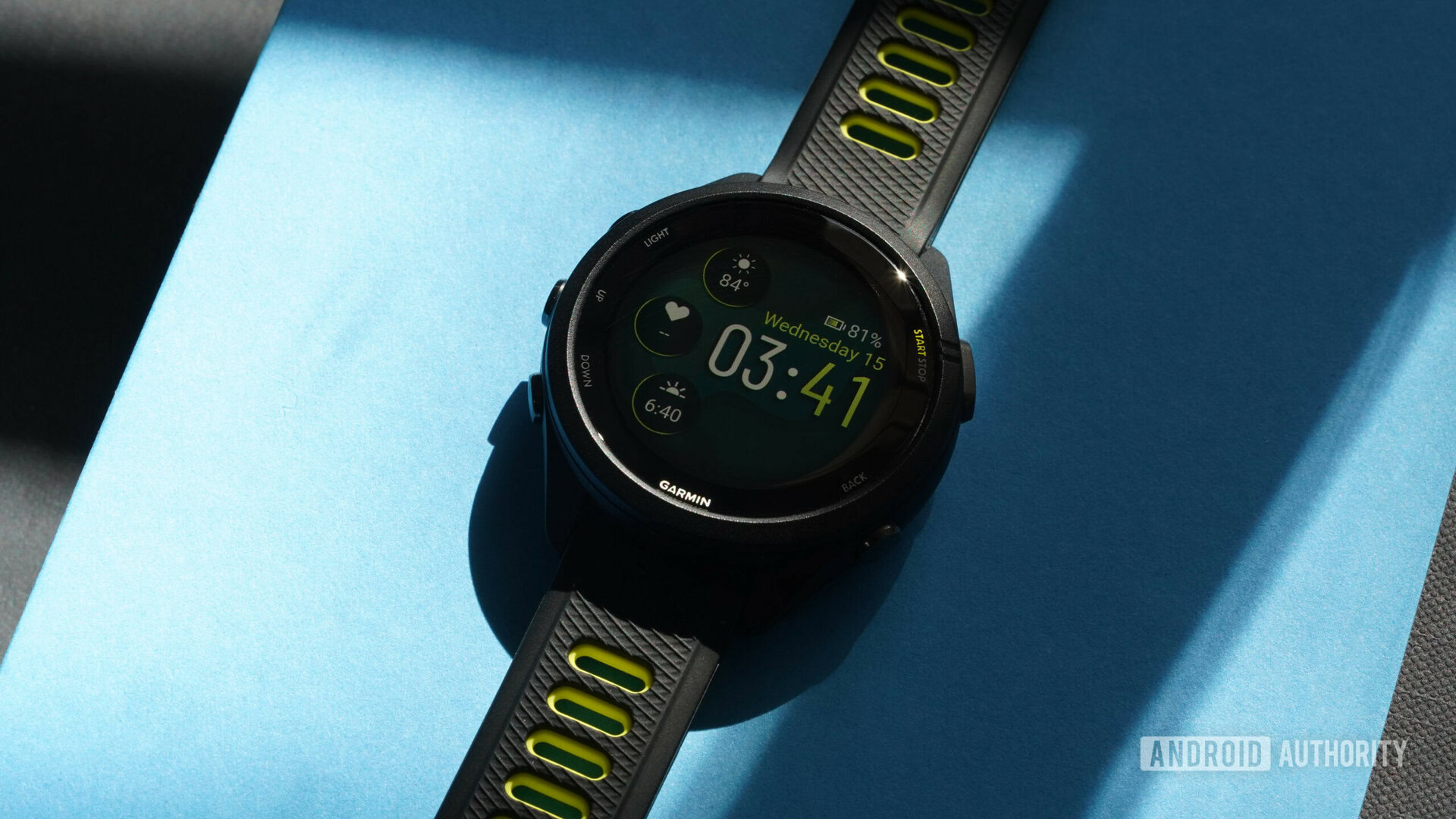
If budget isn’t a concern, Garmin’s Forerunner 265 brings much running power to the wrist. Not only does the device offer Garmin’s robust fitness tracking suite, but it also features a colorful AMOLED touchscreen display.
For a perfect fit, the lineup is available in two sizes, each with fiber-reinforced polymer, 5ATM water resistance ratings, and 8GB of music storage. For advanced training, the devices offer GNSS support with SatIQ technology and reliable health and fitness sensors.
During our Forerunner 265 review, we loved tapping into wrist-based Running-Power measurements and Training Readiness. The 265 isn’t the top Forerunner series, but for under $500, it represents Garmin’s mid-level entry point into the popular running watch lineup.
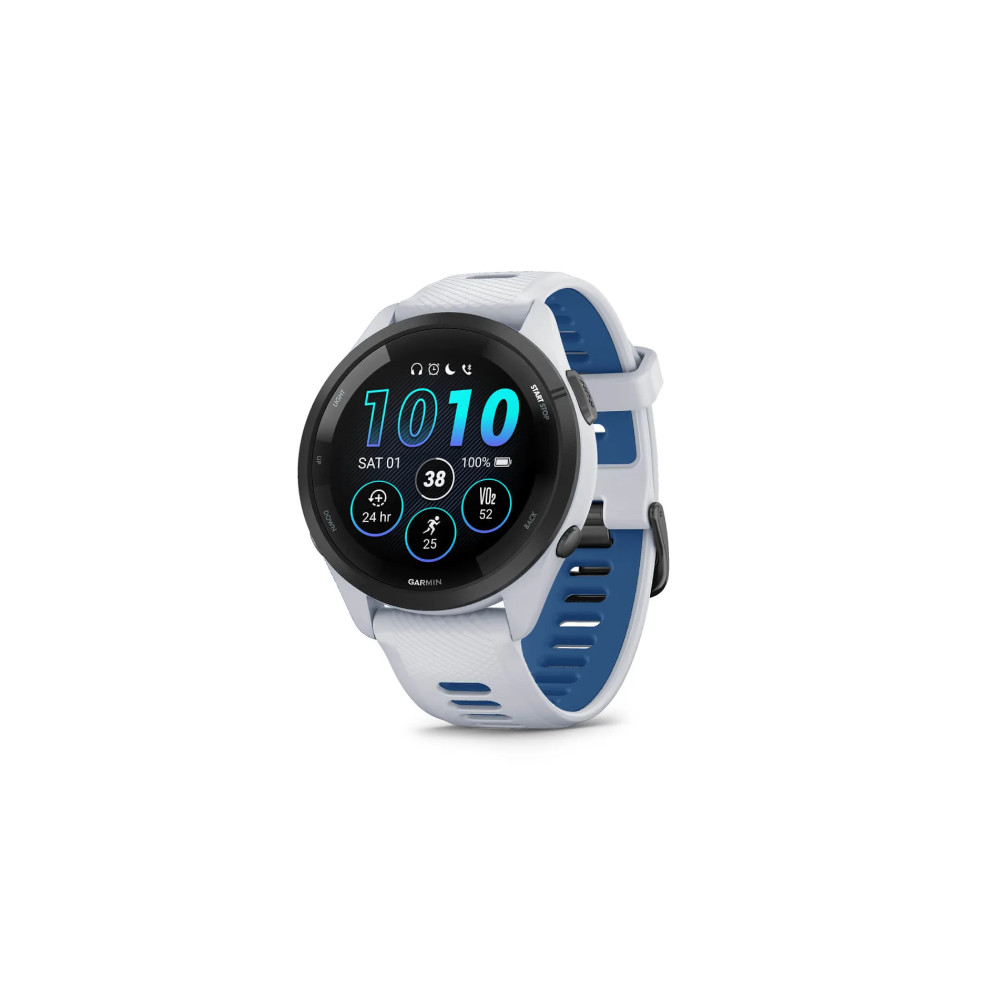

Pros
- Beautiful AMOLED touchscreen display
- Multiple sizes with music storage standard
- Accurate heart tracking
- Reliable GPS with SatIQ
- Training Readiness is great
Cons
- Limited hardware upgrades
- More expensive than the Forerunner 255
Google Pixel Watch 2: The best alternative to a conventional Fitbit
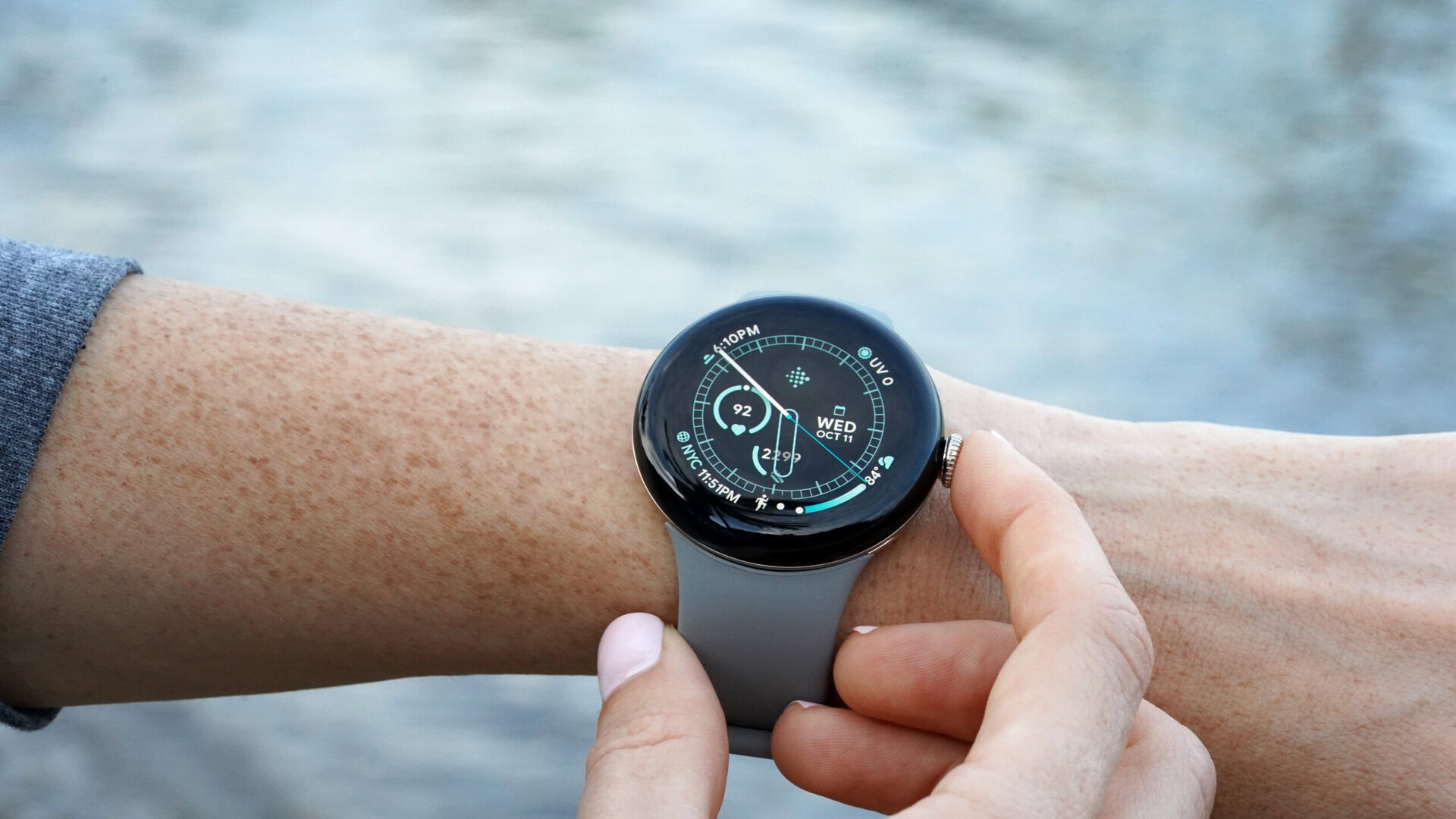
In many ways, the Google Pixel Watch 2 is technically a Fitbit, with key apps and features from the Fitbit ecosystem. It’s even sold on Fitbit’s website. However, the Pixel Watch 2 runs Google’s powerful Wear OS and offers tons more smartwatch features than your typical tracker. Regardless of how you categorize the device, it is certainly not a conventional pick from Fitbit’s stable.
For anyone who wants a combination of Fitbit and Wear OS features, the Google Pixel Watch 2 is your best option. The watch fixes some of the first-generation quirks of its predecessor, offering faster charging and upgraded health sensors. It also adds automatic workout detection and stress tracking. Meanwhile, Google’s toolbox still stars with baked-in Google Assistant, Google Maps, Google Wallet, and the Google Home app. For everything else, the Google Play Store provides easy access to third-party apps.
The device still isn’t perfect, and we wish Google would introduce a second, larger case size, but the Pixel Watch 2 is a very solid device offering a unique user experience. For a Fitbit device with unmatched smart features, it’s the best bet.

Pros
- Runs a snappy Wear OS 4
- Added and upgraded advanced health sensors
- Added training features and automatic workout detection
- Fast charging alleviates battery woes
- Safety Check and other safety features
Cons
- Only available in one size
- Some health features feel underbaked
- Fitbit app redesign oversimplifies
- Flaky GPS recording
- Setup isn’t seamless
FAQs
Fitbit offers a very user-friendly ecosystem great for tracking daily activity, basic health stats, and detailed sleep data. In general, casual usuals are more likely to gravitate towards Fitbit. Meanwhile, fitness enthusiasts interested in advanced features and detailed insights will find more depth in Garmin’s lineup.
At a glance, Fitbit focuses solely on activity and health data, while Apple offers a well-rounded companion device to users’ iPhones. Apple Watches are significantly better smartwatches and continue to beef up in terms of health and fitness tracking.
Fitbit Premium is the company’s subscription service that provides users with additional data, guided workouts, and personalized health and wellness insights. Fitbit Premium costs $9.99 a month. However, users can test-run the service with a free 90-day trial.
Fitbit’s Ace LTE is a great option for introducing young kids to fitness tracking, but it’s not the only option. Garmin’s Vivofit Jr 3 is highly customizable. Apple Watches (including the budget option Apple Watch SE) can be used in Family Setup mode for older kids. These are just two examples of kid-friendly devices, but plenty more Fitbit alternatives for kids are available.